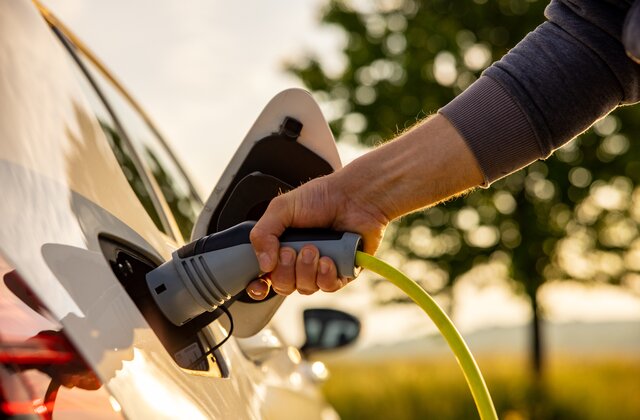The development of electric batteries has been widespread, and news of scientists' discoveries often emerges that sparks excitement: a multi-institutional research team led by Hailong Chen, of Georgia Tech (USA), has developed a new, low-cost cathode that could potentially revolutionize lithium-ion batteries ( LIB) – which has the potential to transform the market for electric vehicles (EV) and large-scale energy storage systems.
“People have been looking for a cheaper and more sustainable alternative to existing cathode materials for a long time. I think we have one,” said Associate Professor Hailong Chen.
The revolutionary material, iron chloride, costs only 1 to 2 percent of the cost of typical cathode materials, and can store the same amount of electricity. Remember, cathode materials affect capacity, power, and efficiency, and play an important role in battery performance, life, and affordability. “Our cathode can be a game-changer,” confirms the specialist whose research has been published in the journal Nature Sustainability. “This would dramatically improve the electric vehicle market – and the entire lithium-ion battery market.”
LIBs, first marketed by Sony in the early 1990s, have created a boom in personal electronic devices, from smartphones to tablets. The technology eventually evolved to power electric vehicles, providing a reliable, rechargeable, high-density power source. But unlike personal electronics, large-scale energy users such as electric vehicles are particularly sensitive to the cost of LIB.
Batteries are currently responsible for about 50% of the total cost of an electric vehicle, making green cars more expensive than their internal combustion “cousins” – yet Chen’s work could be a game-changer.
Build a better battery
Compared to older alkaline and lead-acid batteries, LIB batteries store more energy in a smaller package and operate the device longer between charges. But they contain expensive metals, including semi-precious elements such as cobalt and nickel, and are expensive to manufacture.
To date, only four types of cathodes have been successfully marketed for LIB. Chen will be the fifth and will represent a major advance in battery technology: the development of an all-solid-state LIB.
Conventional LIBs use liquid electrolytes to transport lithium ions to store and release energy. However, they have strict limits on the amount of energy that can be stored, as well as risks of leaks and fires. But all-solid-state LIBs use solid electrolytes, which greatly increases the battery's efficiency and reliability, making it safer and able to hold more power. These batteries, which are still in the development and testing phase, will represent a significant improvement.
While researchers and manufacturers around the planet are rushing to make all-solid-state technology practical, Chen and his collaborators have developed a sustainable and affordable solution: using a FeCl 3 cathode, a solid electrolyte, and a lithium metal anode, the cost of the entire cathode battery system is between 30 and 40% of today's LIB. .
“This can not only make electric vehicles much cheaper than internal combustion vehicles, but also provide a promising new form of large-scale energy storage, increasing the resilience of the electric grid,” Chen said. “Furthermore, our cathode would significantly improve sustainability and supply chain stability in the electric vehicle market.”
Currently, the most commonly used cathodes in EVs are oxides and require a significant amount of nickel and cobalt, which are more expensive heavy elements that can be toxic and present an environmental challenge. In contrast, Chen's team's cathode contains only iron and chlorine, elements that are abundant, accessible and widely used.
This technology may be less than five years away from becoming commercially viable in electric vehicles. For now, the team will continue to investigate FeCl 3 and related materials, according to Chen. “We want to make the materials as perfect as possible in the laboratory and understand the underlying mechanisms of action,” he concludes. “But we are open to opportunities to scale the technology and push it into commercial applications.”

“Wannabe internet buff. Future teen idol. Hardcore zombie guru. Gamer. Avid creator. Entrepreneur. Bacon ninja.”

